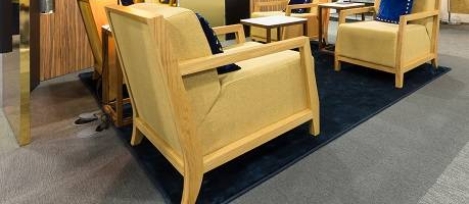June 23, 2016
New proposals to create legal status for robots as ‘electronic persons’ 0
One of the main side issues in the generally unpleasant debate about the UK’s referendum on EU membership has been that about worker’s rights. Whatever the outcome of today’s vote, the EU is already exploring ways in which legislation should address the challenges created by the modern world. These now include, for the first time, a look at the implications of automation including the drawing up of a new set of rules about the rights and responsibilities of robots and other automated workers. A draft report from the European Parliament’s Committee on Legal Affairs sets out to address the main issues associated with the creation of a widespread automated workforce and its impact on both people and machines, including looking at the impact on the social security and pensions budget (because robots don’t pay into the system), the legal rights of robots and new liability rules for the automated workforce of sophisticated ‘smart’ robots.

































June 17, 2016
Home or away. What should employers be doing about the game? 0
by Anita Rai • Comment, Flexible working, Legal news, Workplace
(more…)